Hide Treats Around the House

Turn your living room into a treasure hunt that would make pirates jealous. Cats are natural hunters, and their brains light up when they have to work for their food. Start with easy hiding spots like under a couch cushion or behind a plant pot. As your cat gets better at the game, make it more challenging by using puzzle feeders or hiding treats inside empty toilet paper rolls. This simple trick taps into their predatory instincts and keeps them mentally sharp for hours.
Create Cardboard Box Mazes
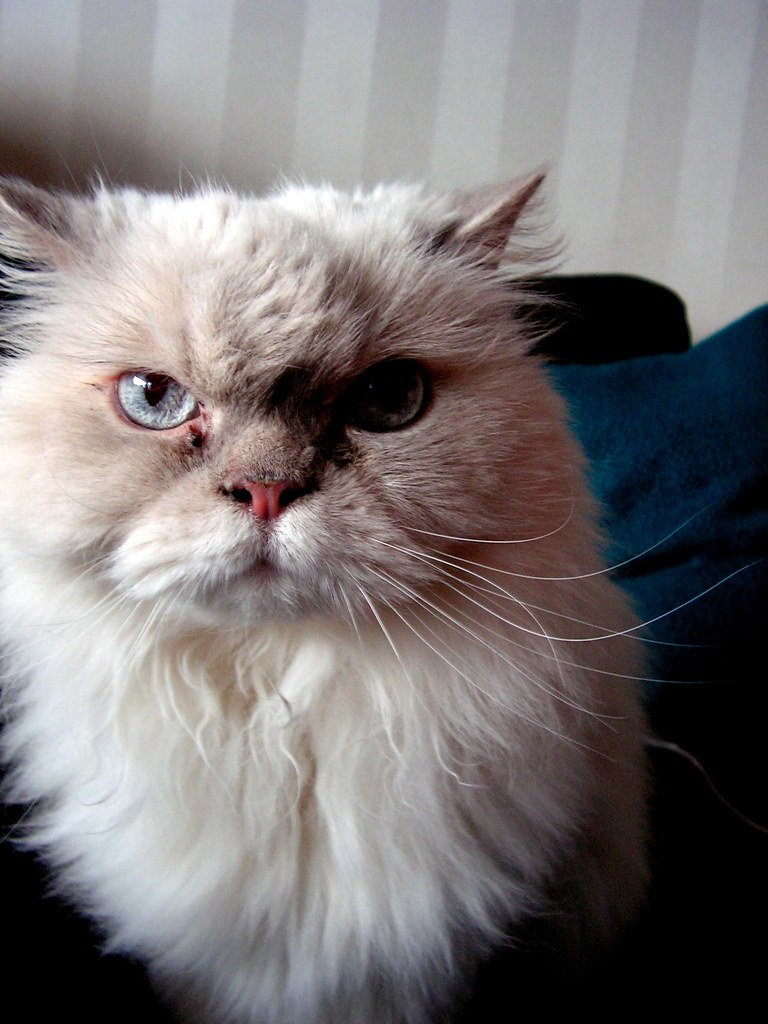
Who needs expensive cat furniture when Amazon deliveries provide endless entertainment? Cardboard boxes are like crack for cats, and you can transform them into elaborate adventure courses. Cut holes in different sizes, tape boxes together to create tunnels, and watch your feline friend become an explorer. The best part is that cats love the crinkly sounds and confined spaces, which trigger their natural instincts to hunt and hide. Plus, when they get bored, you can simply recycle and build something new.
Install Window Perches with Bird Feeders
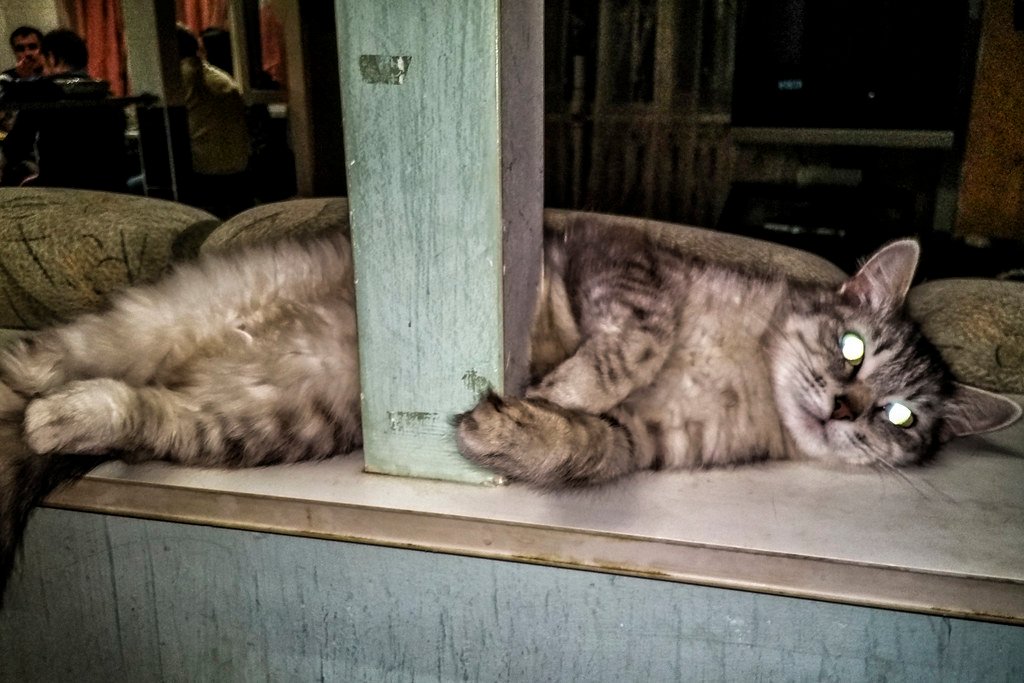
Transform your windows into premium entertainment centers that rival any streaming service. Cats can spend hours watching the outdoor world, and a strategically placed bird feeder turns this into an interactive nature documentary. The movement of birds, squirrels, and other wildlife provides endless mental stimulation and satisfies their hunting instincts safely. Many cats develop favorite “shows” and will rush to their perch at certain times of day when their preferred wildlife actors appear.
Use Interactive Puzzle Feeders

Replace boring food bowls with brain-teasing puzzle feeders that make mealtime an intellectual challenge. These devices force cats to think, paw, and manipulate objects to access their food, mimicking the mental effort required to catch prey in the wild. Some cats become so obsessed with their puzzle feeders that they’ll abandon traditional bowls entirely. Studies show that cats who work for their food are more satisfied and less likely to overeat than those with constant access to kibble.
Rotate Toys Weekly
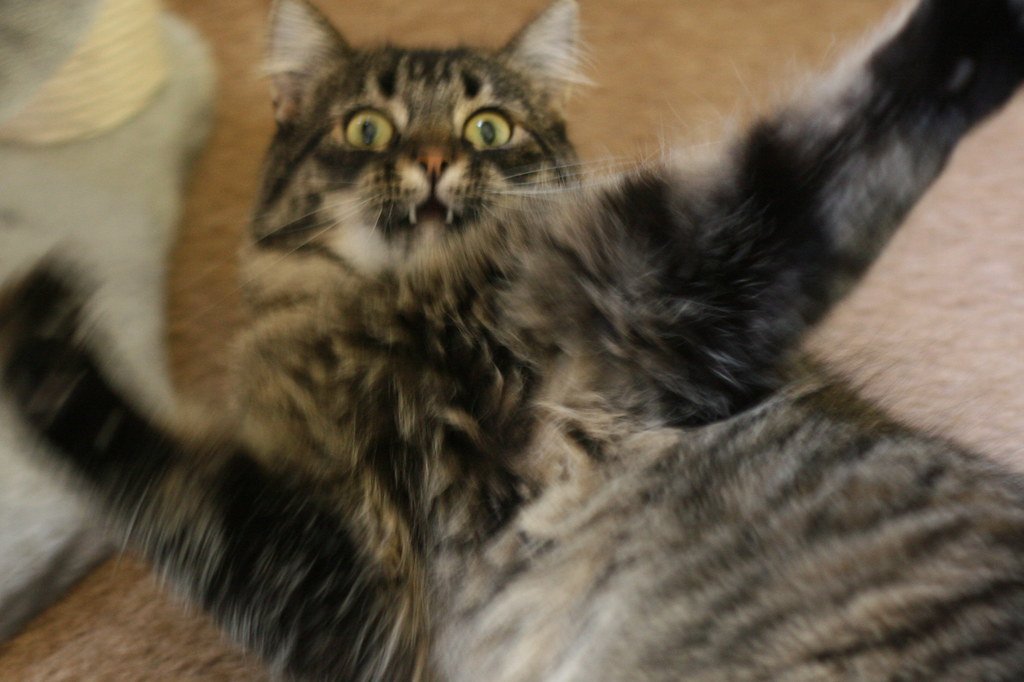
Your cat’s toy collection doesn’t need to be massive, but it should feel fresh and exciting. Most cats get bored with the same toys sitting around constantly, but they’ll rediscover favorites when you rotate them out weekly. Keep a stash of toys hidden away and swap them like a library system. That feather wand they ignored last week suddenly becomes fascinating again when it reappears after being absent. This simple trick keeps your cat’s interest peaked without breaking the bank on new toys constantly.
Set Up Catnip Growing Stations

Growing your own catnip is like having a pharmacy and entertainment center rolled into one green project. Fresh catnip is significantly more potent than dried versions, and watching it grow gives cats something to anticipate and observe daily. You can plant it in small pots around your home or create a dedicated cat garden in a sunny window. About 70% of cats have a genetic sensitivity to catnip, and those who do will experience a natural high that’s both safe and entertaining.
Install Motion-Activated Toys

Motion-activated toys are like having a playmate that never gets tired or annoyed with your cat’s energy levels. These devices spring to life when your cat approaches, providing unpredictable movement that triggers their hunting instincts. Some cats become so fascinated that they’ll spend hours trying to figure out how to “catch” these mysterious moving objects. The best part is they work even when you’re not home, keeping solo cats entertained during long work days.
Create DIY Scratching Posts

Scratching isn’t just about claw maintenance—it’s a complex behavior that provides mental satisfaction and territorial marking. Instead of buying expensive scratching posts, create custom ones using different textures like rope, carpet, or corrugated cardboard. Cats have individual preferences for scratching angles and materials, so offering variety keeps them engaged. Some cats prefer horizontal scratching surfaces while others like vertical posts, and discovering your cat’s preference is like solving a personalized puzzle.
Use Laser Pointers Strategically
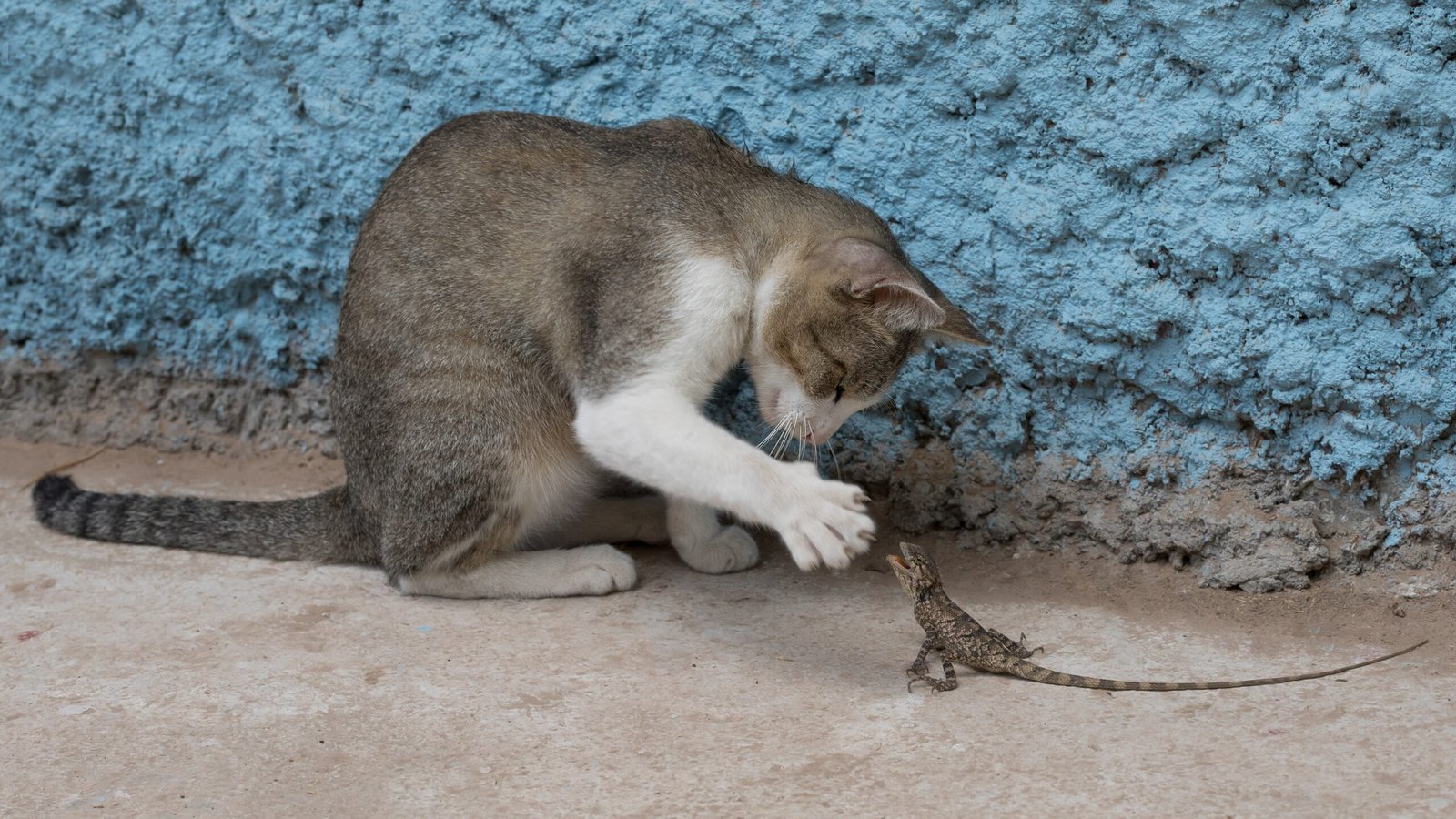
Laser pointers can be mental stimulation gold mines when used correctly, but they can also create frustration if your cat never gets to “catch” anything. The key is to always end laser play sessions by leading the dot to a physical toy or treat that your cat can actually capture and feel satisfied about. Think of the laser as the opening act that gets your cat’s predatory brain fully engaged, then deliver the main event with something tangible they can sink their claws into.
Build Multi-Level Cat Highways

Cats are three-dimensional thinkers who love to survey their territory from different heights and angles. Installing shelves, cat trees, or even simple wooden planks creates vertical highways that provide mental stimulation through navigation challenges. Each level offers a new perspective on their environment, and cats often develop preferred routes and favorite observation posts. This vertical territory expansion makes small apartments feel like vast kingdoms from a cat’s perspective.
Hide and Seek with Favorite Humans

Many cats love playing hide and seek with their favorite humans, though they might not show it in obvious ways. Start by hiding behind furniture and calling your cat’s name softly, then peek out to make eye contact before disappearing again. Some cats will actively search for you, while others prefer to wait and pounce when you emerge. This game builds on their natural stalking instincts and strengthens the bond between you and your feline friend through interactive play.
Introduce Scent Enrichment Games
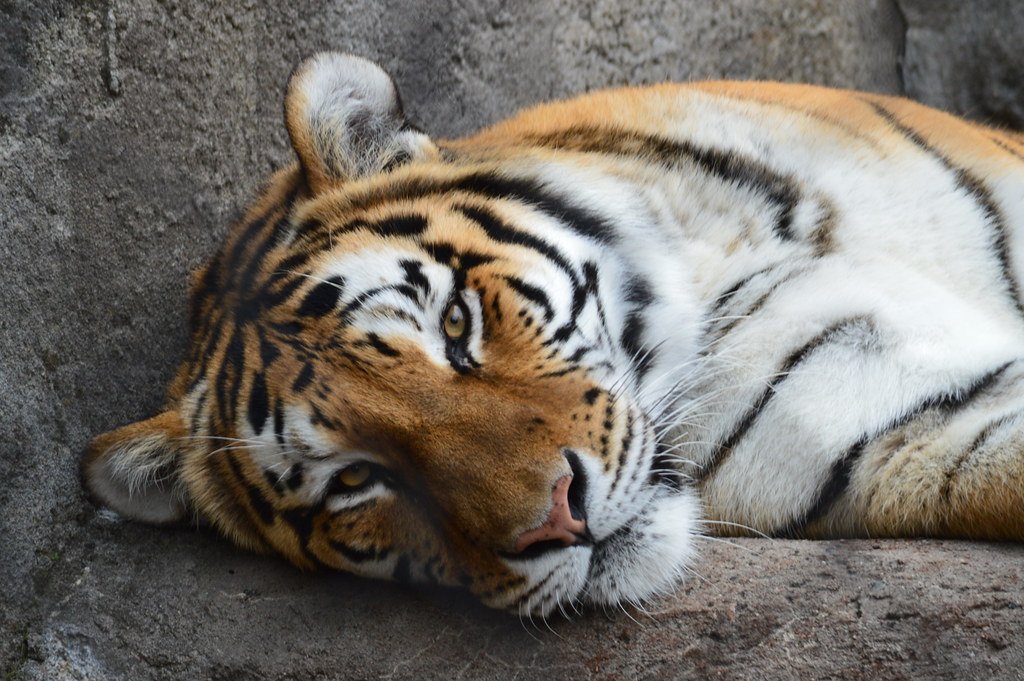
Cats experience the world primarily through scent, and introducing new smells provides incredible mental stimulation that we often overlook. Try hiding treats scented with different safe herbs like rosemary or thyme around the house, or create scent trails using vanilla extract on cotton balls. Some cats become fascinated with the smell of olive oil, coconut oil, or even lavender sachets. Each new scent creates a mental map and memory association that enriches their indoor environment.
Create Hunting Simulation with Feather Wands

Feather wands aren’t just toys—they’re sophisticated hunting simulators that can provide intense mental workouts when used creatively. Move the feather like real prey: quick darting movements followed by stillness, hiding behind furniture, and varying the speed and direction unpredictably. The mental challenge comes from your cat having to predict and react to changing movement patterns. After a good feather wand session, many cats will pant like dogs from the mental and physical exertion.
Set Up Food Dispensing Toys

Food dispensing toys transform the simple act of eating into an engaging problem-solving activity that can occupy cats for extended periods. These toys require cats to roll, bat, or manipulate them in specific ways to release kibble or treats, mimicking the unpredictability of hunting. Some cats become so invested in their food puzzles that they’ll work on them even when they’re not particularly hungry. The mental satisfaction of “earning” their food provides a sense of accomplishment that regular feeding can’t match.
Install Cat TV Screens
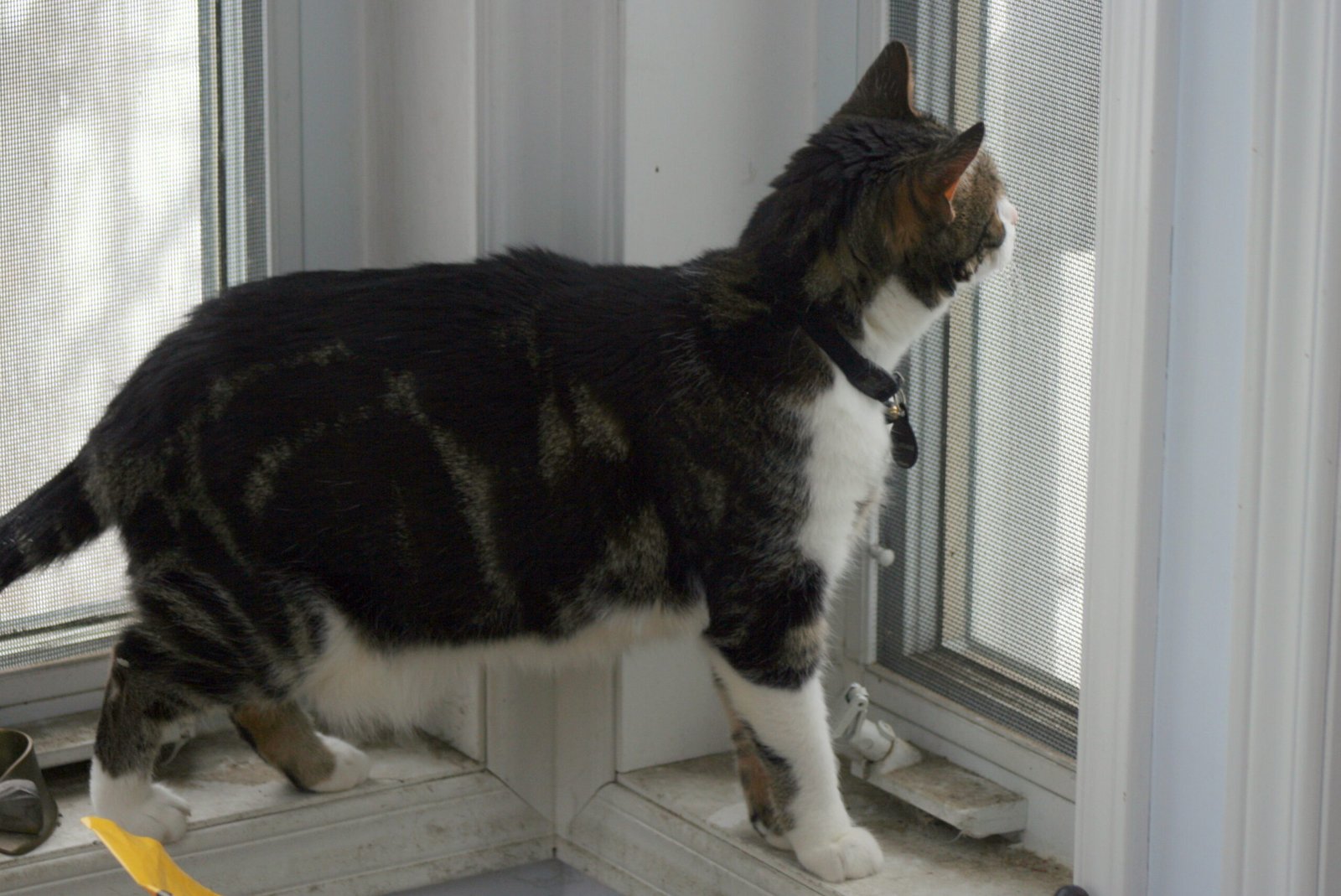
Modern technology has created “cat TV” programs specifically designed to captivate feline audiences with birds, fish, and small animals moving across screens. Many cats become genuinely engrossed in these programs, pawing at the screen and chattering at digital prey. Some streaming services now offer hours of cat-specific content, and YouTube has countless videos designed for feline viewers. While it might seem silly, many cats develop genuine viewing preferences and will position themselves in front of screens when their favorite “shows” come on.
Did you realize that bored indoor cats can actually develop behavioral problems that look like aggression or destructive habits? Which of these mental stimulation hacks sounds most intriguing for your feline friend?

Born and bred in South Africa, a Capetonian at heart. Amy-Leigh’s love for nature and animals was inherited from her Dad. He loves taking the family on road trips to experience nature at its finest; Amy-Leigh’s favourite being whale watching in Hermanus and spotting Kudu along the West Coast. Amy-Leigh holds a BA in English Literature and Communication Studies.






